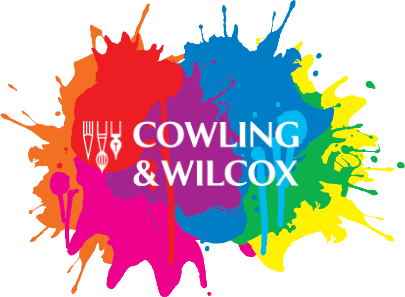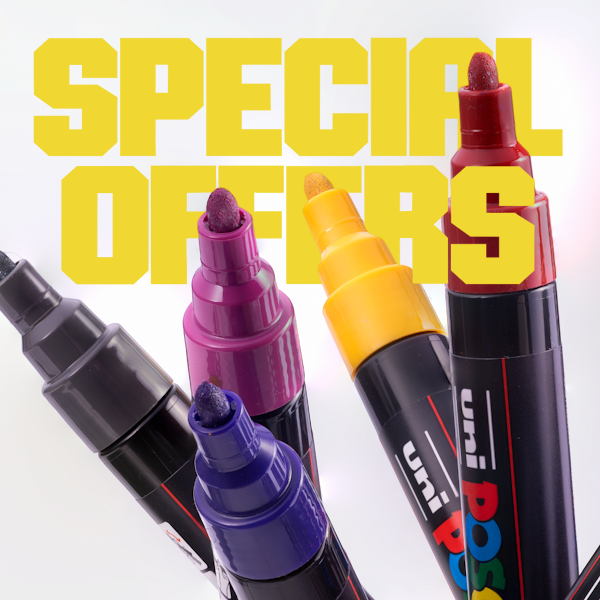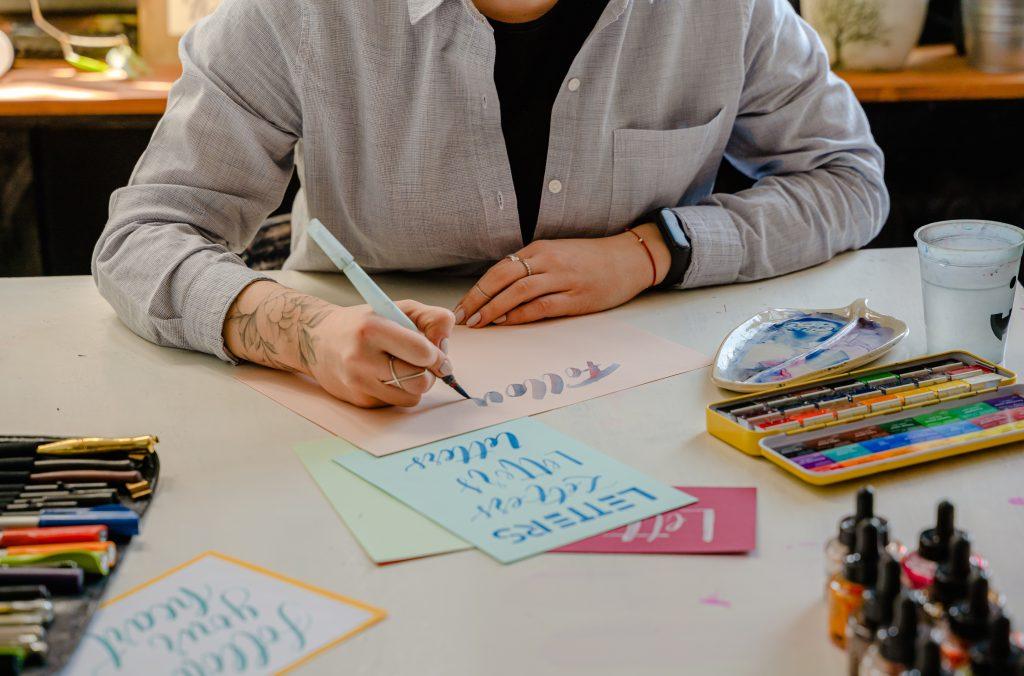
Ironically, as a medium, watercolour can actually be very easy.
Catering to almost any style of artist, regardless of experience, watercolour is accessible & easy to use. Incredibly versatile & available in an array of different forms including tubes, pans (both half & full), pencils & even pens, the natural versatility & adaptability of watercolour cannot be overstated. Along with that, any peripheral instruments or accessories are ideal for both newcomers to the medium & professionals looking to diversify.
This brings us to our topic of the day; Watercolour Markers
So… just what are Watercolour Markers?
They’re just markers that work like Watercolours. Yep, it really is as simple as that.
Whilst yes, they can be used like standard markers, they sport a few unique abilities that combine the versatility of the medium with the ease & convenience of a pen. For instance, they feature a nib that acts as a brush (whilst many are double-ended, with a more rigid, fine nib included!).
If you find that the mess involved with traditional watercolour is what’s putting you off, then these are the way forward. The water-soluble dye-based ink can be diluted using simply a drop of water, you’re able to create both detailed lines or larger washes for your artwork, without the need for palettes, brushes or blotting pages.
Fans of illustration or anyone looking for a new way to use watercolour without the potential stains, smell & fuss will be eager to learn more about Watercolour Markers!
If you’re looking for further marker options, why not take a look at our Guide To Paint Markers blog?
What surface will I need for Watercolour Brush Pens?
Okay, we’re sure you’re all familiar with the concept of “pens” & “markers”, but it’s important to note that Watercolour Brush Pens are a completely different beast from “normal” artist markers & pens.
For a start, choosing your surface is far more important & potentially trickier…
Whilst Watercolour Pens are indeed a form of Marker Pen, you would be better off opting for Watercolour Paper when using them, as the ink tends to oversaturate & eat through the kind of paper you might find in a printer.
Preferably, what you would want is something adept at withstanding & absorbing water while maintaining & prominently displaying the colour pigments in your artwork. Hot Pressed (or smooth), heavyweight sheets of specialised watercolour paper would be ideal, whether in pads, sketchbooks or even single sheets.
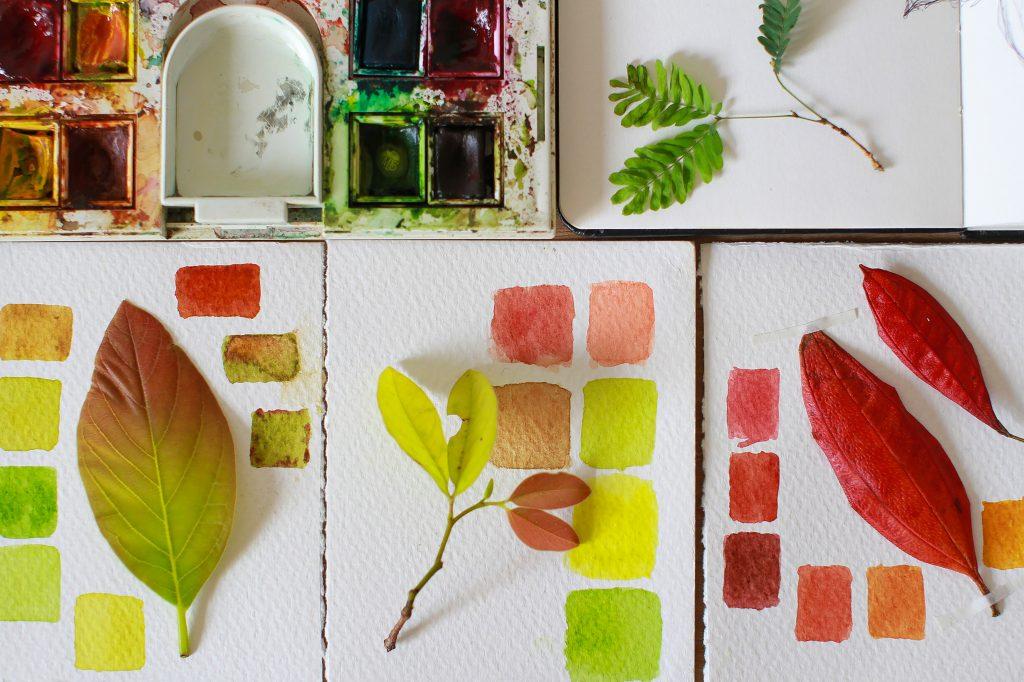
How to use Watercolour Brush Pens?
Got your watercolour markers but not sure how to start? Given that the whole point is creativity, there really is no right or wrong way to use any materials, but we can help with a few pointers on getting the ball rolling.
- Prepare: Before you sit down to get started, it’s essential to grab a beaker or cup of water first.
It’s always handy to have nearby for countless reasons – for example, if you require a lighter shade then you can dip the nib into the water to dilute the ink. This is hugely important for creating initial watercolour washes on your page, it also gives you the chance to play around as you paint.
- Colour: With such a different style of marker, it can be difficult to feel comfortable painting straight away.
Watercolour pens can be applied directly to your surface, creating fine lines of vibrant colour. As previously discussed, adding water dilutes these colours, like with traditional Watercolour. Why not create a colour chart of each marker, to remind yourself what they come out like on paper when dry?
- Pressure: Putting it simply; more pressure = more colour.
It’s a little more nuanced than stated above, but that’s the basic concept. We definitely recommend spending some time playing around with this to ensure you know how to create your desired shades.
- Cleaning: Cleaning is always a necessity, to prevent colours from polluting one another.
Drawing & painting can take a toll on your nibs, but mixing colour shades (done by touching pen nibs together) is liable to “stain” them, so it’s essential to wash out your Watercolour pen nibs. Find a clean scrap of paper, grab the water you kept nearby, dip the affected nibs & brush them across the paper until the colour has returned to its original shade.
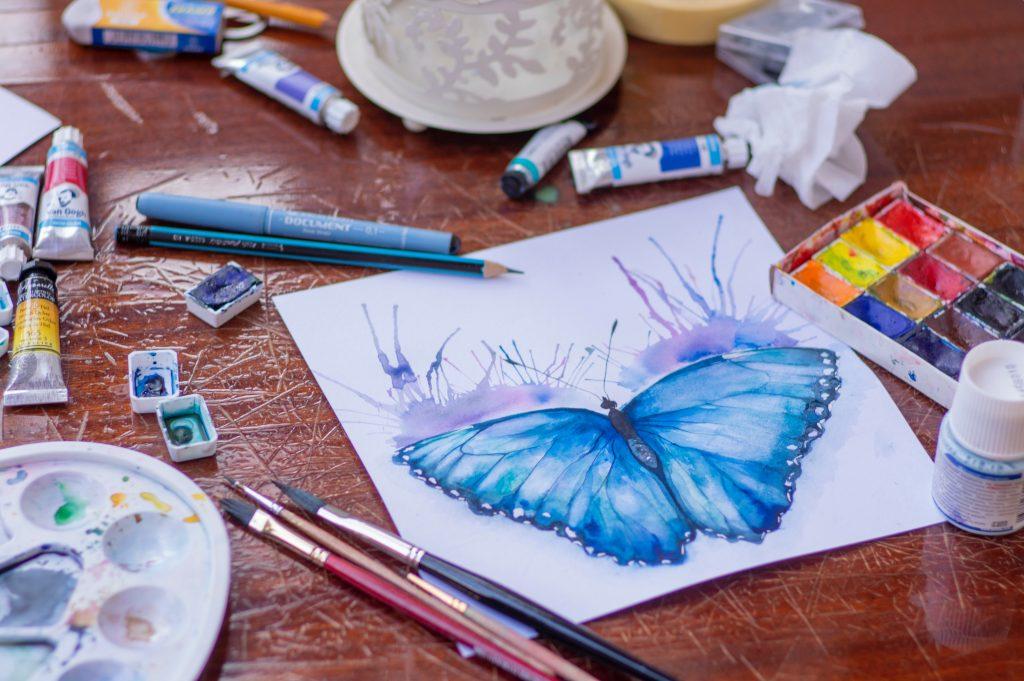
Watercolour Pen techniques
Watercolour is an unbelievably versatile medium, in all its various forms.
Drastically altering its qualities, simply dependent on the ratio of dilution, means that its effects can change dramatically very easily! Through simple experimentation, you can discover a myriad of methods for creating interesting & unique Watercolour effects.
Let’s take a look at just a couple, shall we?
Layering
Generally, Watercolour is a fairly translucent medium, in order to achieve darker shades, you can layer more of the same shade on dried strokes, adding pigment & the illusion of shade. Unlike traditional Watercolour paints, with pens there’s usually no palette for mixing colours, therefore learning to construct layers directly on the page is vital.
Diffusion
A technique not possible with traditional watercolour alone, the art of creating diffused lines is one uniquely suited to their marker & pencil counterparts. Starting with a fine line of solid watercolour, you then diffuse the colour at the edges, using water.
Brush Nib
A clear benefit of Watercolour Markers is the sheer range of possibilities afforded to the artist. For instance, a number of Watercolour Markers will feature 2 different nibs, with the Tombow & ProMarker Watercolour ranges sporting both fine & brush nibs, found on either end. Similar to traditional brushes, lines & strokes are easily manipulated depending on the position & pressure applied, whilst the addition of a smaller bullet nib allows for finer, more detailed work when needed.
Fade
Another method of mixing colours with Watercolour pens is to utilise the uniquely absorbent nibs. Allowing nibs to come into contact will load a darker colour onto your lighter-coloured nib, which will then transfer onto your painting surface first until eventually fading back into the lighter shade, creating an effective ombre or gradient effect.
What can watercolour pens be used for?
Just like their more traditional precursor, Watercolour Markers & Brush Pens are versatile enough to be utilised in a broad range of artworks and styles. Natural elements with soft edges benefit especially from the translucent effects that Watercolour Pens can create. In addition, calligraphy lovers use watercolour brush pens for lighter and blendable lettering. Learn more about brush lettering in our blog to get started.
Cowling & Wilcox stock a range of watercolour pens and markers. A wide range of quality artist brands have mastered the creation of excellent watercolour markers including Tombow, from single dual nib markers to a complete dual brush of 108 markers. Browse and shop now at great prices.
< Back to blog